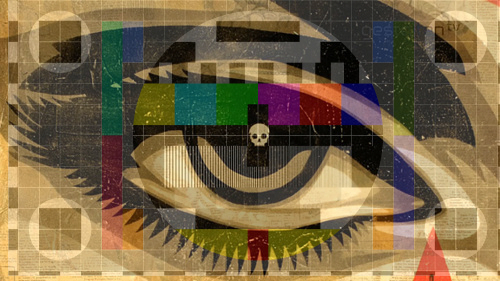Follow
@socketwench - There werw two scenes Rochard Donner considered the most important. Lois' terrace interview in Superman I and the gun-pull of Superman II. So important he made them part of the film test for both Reeves and Kidder (which is what you see in the Richard Donner Cut). The gun pull works so much better than Clark tripping into the fire and not being hurt in the released version.
And the look Jor-El gives Lois. That was worth whatever they were paying him for the role.
